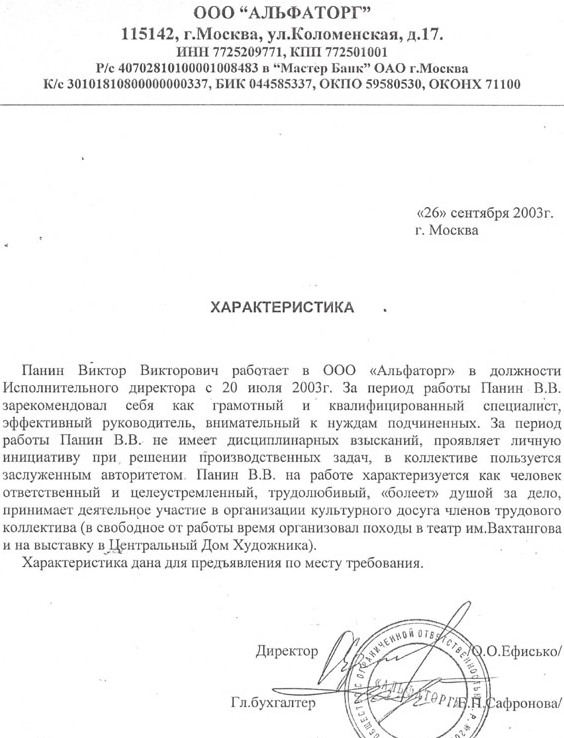Obrazec Harakteristiki Koncertmejstera
Portfolio_koncertmejstera_ dmsh _obrazec_forum_-_portfolio_koncertmejstera_ dmsh _obrazec_forum_UG4K6T.exe 389.66 KB 喜欢: portfolio koncertmejstera dmsh obrazec forum UG4K6T 【软件】 obrazets-harakteristiki-prepodavatelya- dmsh.exe.torrent.
• • • Hybrid warfare is a that employs and blends, and with other influencing methods, such as,,. By combining kinetic operations with subversive efforts, the aggressor intends to avoid attribution or retribution. Hybrid warfare can be used to describe the flexible and complex dynamics of the requiring a highly adaptable and resilient response. There are a variety of terms used to refer to the hybrid war concept: hybrid war, hybrid threats, hybrid influencing or hybrid adversary (as well as non-linear war, non-traditional war or special war). US military bodies tend to speak in terms of a hybrid threat, while academic literature speaks of a hybrid warfare. For the purposes of this article, these terms will be used interchangeably. Every age has its own kind of war, its own limiting conditions, and its own peculiar preconceptions.
— There is no universally accepted definition of hybrid warfare which leads to some debate whether the term is useful at all. Some argue that the term is too abstract and only the latest term to refer to to counter a superior force. The abstractness of the term means that it is often used as a catch all term for all non-linear threats.
Hybrid warfare is warfare with the following aspects: • A non-standard, complex, and fluid adversary. A hybrid adversary can be state or non-state.
For example, in the and the the main adversaries are non-state entities within the state system. These non-state actors can act as for countries but have independent agendas as well. For example, is a sponsor of but it was Hezbollah’s, not Iran’s, agenda that resulted in the kidnapping of Israeli troops that led to the Israel–Hezbollah war.
On the other hand, can be described as a traditional state actor waging a hybrid war (in addition to using a local hybrid proxy). Note that denies involvement in the Ukraine conflict. • A hybrid adversary uses a combination of conventional and irregular methods. Methods and tactics include,, irregular formations, diplomacy, politics,, indiscriminate violence, and criminal activity. A hybrid adversary also uses clandestine actions to avoid attribution or retribution. These methods are used simultaneously across the spectrum of conflict with a unified strategy. A current example is the transnational aspirations, blended tactics, structured formations, and cruel use of as part of their arsenal.
• A hybrid adversary is flexible and adapts quickly. For example, the response to the U.S. Aerial bombing campaign was to quickly reduce the use of, large convoys, and cell phones. IS militants also dispersed among the civilian population. Civilian from airstrikes can be used as an effective recruiting tool.
• A hybrid adversary uses advanced weapons systems and other disruptive technologies. These weapons can be now bought at bargain prices.
Moreover, other novel technologies are being adapted to the battlefield such as cellular networks. In 2006, was armed with high-tech weaponry, such as, that typically use. Hezbollah forces shot down helicopters, severely damaged a patrol boat with a and destroyed heavily armored tanks by firing from hidden bunkers. Crystal reports basic for visual studio 2008 download 64 bit.
The organization also used to gather intelligence, communicated with encrypted cell phones and watched Israeli troop movements with thermal. • Use of for. The growth of mass communication networks offers powerful propaganda and recruiting tools. The use of to spread false stories is an element of hybrid warfare. • A hybrid war takes place on three distinct battlefields. The conventional battlefield, the indigenous population of the conflict zone, and the international community.
Other definitions [ ] defined a hybrid threat in 2008 as an adversary that incorporates 'diverse and dynamic combinations of conventional, irregular, terrorist and criminal capabilities'. Defines a hybrid threat as, “any adversary that simultaneously and adaptively employs a tailored mix of conventional, irregular, terrorism and criminal means or activities in the operational battle space. Rather than a single entity, a hybrid threat or challenger may be a combination of state and nonstate actors'. Defined a hybrid threat in 2011 as 'the diverse and dynamic combination of regular forces, irregular forces, criminal elements, or a combination of these forces and elements all unified to achieve mutually benefiting effects'. Uses the term to describe 'adversaries with the ability to simultaneously employ conventional and non-conventional means adaptively in pursuit of their objectives'. Former talked of a new type of war that would become increasingly common in the future: 'A hybrid of irregular warfare and conventional warfare.' According to the 2017-inaugurated, '[h]ybrid threats are methods and activities that are targeted towards vulnerabilities of the opponent' where the 'range of methods and activities is wide.'
